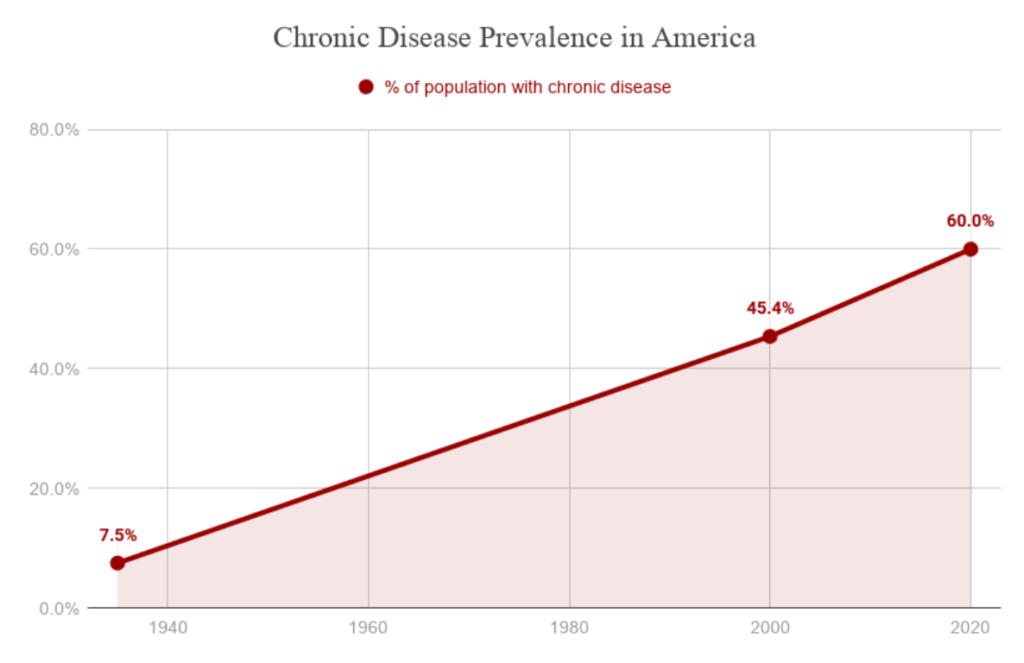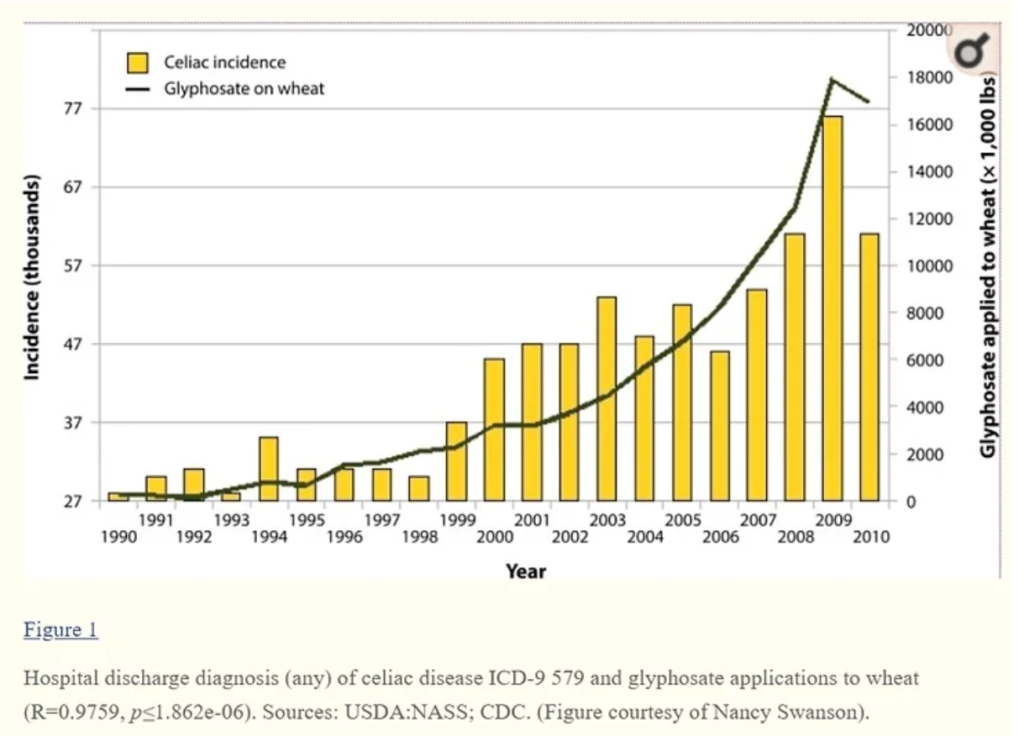Do you know someone who’s gluten intolerant? Or have you considered removing gluten from your diet? This movement is happening across the US, although it’s far more than just a trend — it’s a sign of Americans reclaiming their health.
Cutting gluten was my personal gateway to better metabolic health. Not only did I feel healthier, stronger, and more alert, but I lost the ‘puffy’ feeling caused by eating processed foods.
At that point, I realized my information environment was completely and utterly broken, and knew I had a responsibility to educate my patients as well.
Here’s what you need to know about gluten intolerance and its dangerous effect on your metabolic health.
Understanding the gluten landscape
Before we jump into the specifics of gluten, let’s define our terms.
Gluten is a type of protein found in grain-based plans, including wheat, barley, and rye. Some people with celiac disease also react to oats, although it’s not consistent for every individual.
If a person is gluten intolerant or suffers from gluten sensitivity, they cannot consume wheat protein without experiencing intestinal damage. Gluten actually damages their small intestine’s villi, which allow for nutrient absorption and digestion. Too much damage to villi leads to malnutrition and weight loss, as well as long-term chronic conditions like osteoporosis, cancer, and autoimmune diseases.
At this point, you may be struggling with a relatively common question: why didn’t we see problems with gluten several hundred years ago?
This is one of the biggest arguments for those who see gluten-free as a trendy diet. People ate breads and wheat products for centuries without incident, so why are we seeing so many issues with gluten intolerance today?
The reality is that intolerances have been around for hundreds of years — we just didn’t have the research to understand their effects.
Today, we know there are two major reasons for our increase in gluten intolerance and gluten sensitivity: processed foods, and glyphosate.
Let’s take a closer look at both of these.
Processed foods
America began its industrial revolution in the early 1800s. During this time, factories and manufacturing plants took whole, real foods and processed them into unrecognizable ‘near-food items’ they could make very cheaply and sell for profit.
Wheat proteins were no longer left in a mostly natural form. Instead, they were beaten, bleached, and left nutritionally barren thanks to destructive processing practices used for mass production. And let’s not forget their pairing with processed additives like sugar, vegetable oil, and other dubious products.
More and more companies found ways to market pre-made baking mixes, cakes and muffins, and frozen breads to increasingly busy consumers. You can see a clear line between the rise of processed foods in the 19th and 20th centuries and the increase of chronic disease in the US.

Processed food to this extent had never been seen before, and the creation of industrial foods (coupled with plenty of seed oils and sugars) clearly impacted our health for the worse.
But the industrial era didn’t just impact how our food was made. It also gave rise to problematic developments in how our food was grown: specifically with weed killer.
Glyphosate
A major cause of gluten sensitivity stems from herbicides and pesticides. As much as we’d love to fool ourselves into believing otherwise, chemical substances used to increase crop yields also have an effect on our metabolic health.
Glyphosate, also known as Roundup, is the foremost example of this. This popular weed killer developed in 1974 was meant to destroy unwanted field plants and increase crop yields. However, multiple independent studies link glyphosate to a sharp increase in celiac disease. This correlates to the overall rise in chronic disease rates within the United States.
You can see these numbers in the chart below:

Glyphosate isn’t just a threat for wheat-based products. One study found that nearly all the oats labeled ‘organic’ in the grocery store contain glyphosate — regardless of what shows up on the label.
And keep in mind that even if you eat a 100% carnivore diet, the animals you eat are eating crops with herbicides applied to them.
Is going gluten-free the answer?
Many people decide to embrace gluten-free lifestyles in response to this overwhelming information. And why wouldn’t they? It’s clear the way we grow wheat today is no longer conducive to a happy, risk-free life.
But going gluten-free by purchasing gluten-free products isn’t the right approach. Even if the processed food you eat doesn’t contain wheat proteins, it still comes with plenty of vegetable oils, herbicides, and endocrine disruptors.
Plus, many ‘alternative’ grains have a high risk for cross-contact due to the nature of big ag and manufacturing plants. If you have celiac disease or want to avoid contact with gluten, your best bet is avoiding processed grains altogether — even ‘gluten-free’ varieties.
Becoming gluten-free isn’t the answer to intolerance or discomfort. Instead, we must return to whole, real foods rather than their processed alternatives in the grocery store.
The whole, real foods alternative
As we’ve learned, gluten is one of the most damaging substances found in our food.
Even if you don’t have celiac disease or gluten sensitivity, wheat protein can still disrupt your intestinal barrier and lead to significant metabolic diseases down the road.
This isn’t an invitation to start buying gluten-free processed foods, especially pizzas, breads, and crackers. After decades of eating processed food with dangerous herbicide residue, it’s time to reclaim our health with what we know is healthy — whole, real foods.
If you want to avoid gluten and restore your metabolic health, you need to:
- Avoid processed foods. Period. Only purchase whole, real foods from the outside ring of the grocery store.
- Get rid of wheat-based products in your pantry, including ‘gluten-free’ products. These likely contain hidden additives and herbicide residues.
- Learn to cook at home. That restaurant dinner probably isn’t healthy, even if it says ‘gluten-free’ on the menu.
If you want additional suggestions for cutting gluten, you can join my Gold Metabolic Health Coaching Program to get personalized support. I’ve spent years eating whole, real foods on a ‘gluten-free’ diet, so I’d be happy to provide you with a custom plan to take back control of your health.
